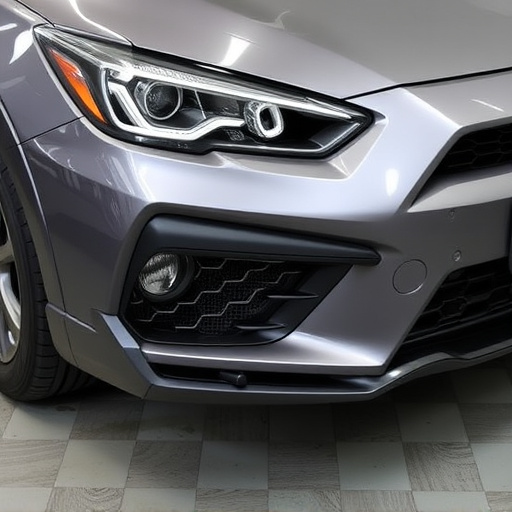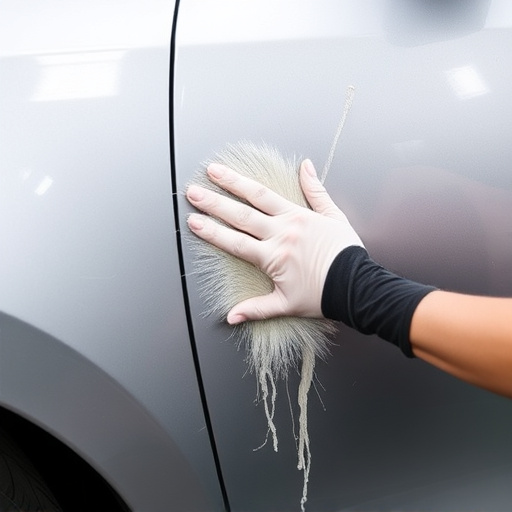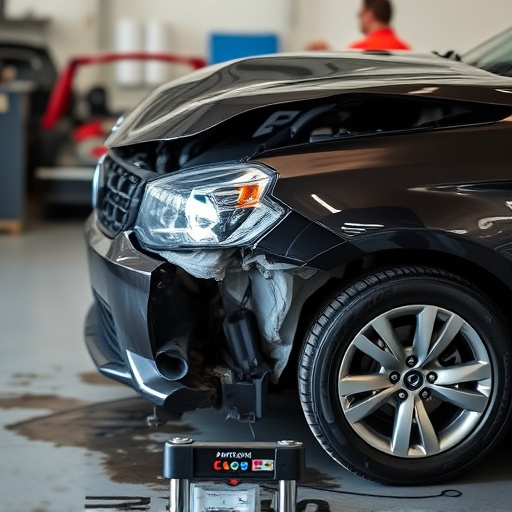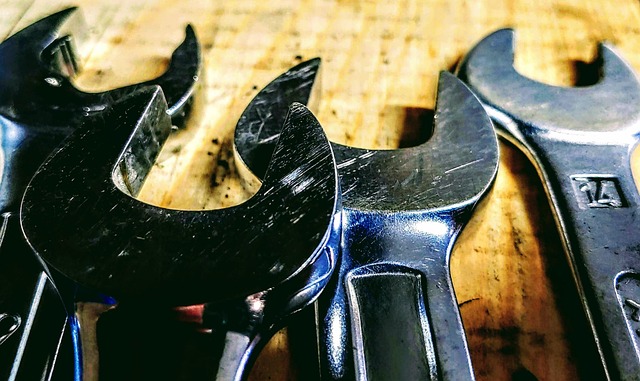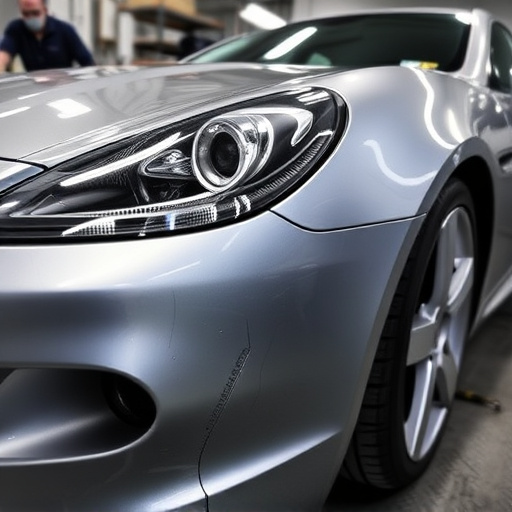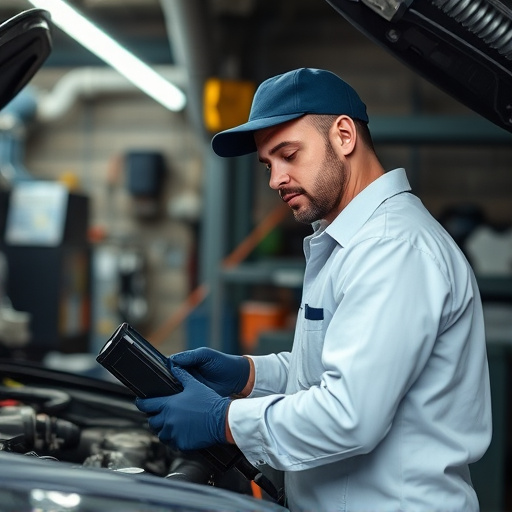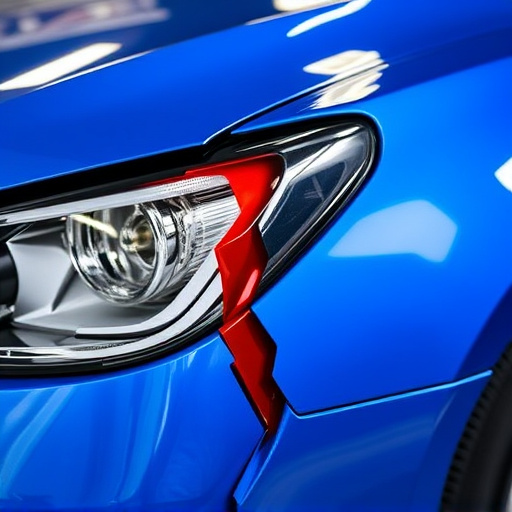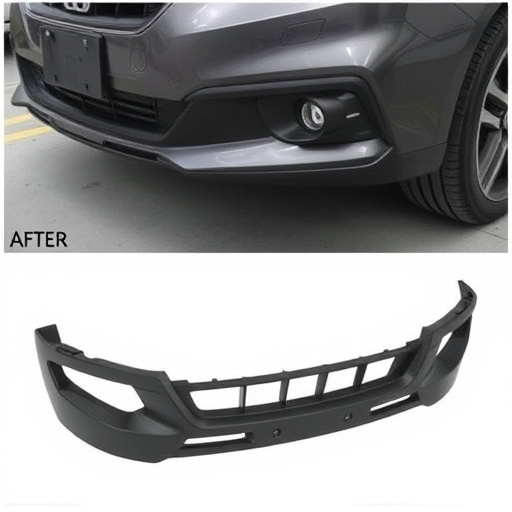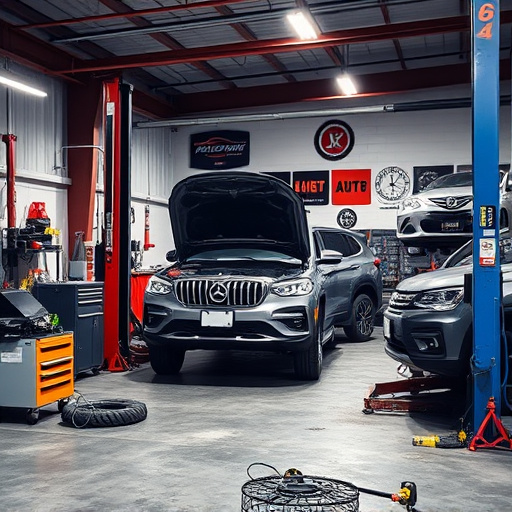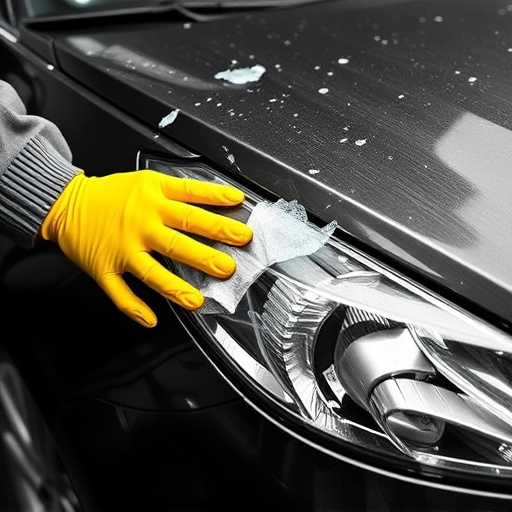Aluminum body components in modern vehicles offer lightweight, durable, and cost-effective repairs, enhancing fuel efficiency and safety. While specialized welding and corrosion treatment are needed, advancements in robotic systems and AI tools are transforming dent repair, making it more precise and efficient. Insurance companies benefit from reduced collision energy and streamlined claims processing, with targeted training programs for specialized paint repair skills driving demand. Technology is revolutionizing auto maintenance, impacting repair costs and shaping the future of aluminum body repairs.
Aluminum body components have revolutionized automotive manufacturing due to their lightweight nature and durability. However, their intricate design and unique properties pose challenges in insurance repair processes. This article delves into the impact of aluminum bodies on repair costs, analyzing factors like specialized tools, skilled labor, and part availability. We explore advantages and disadvantages, offering insights for insurers and policyholders alike. Additionally, we discuss emerging technologies shaping the future of aluminum body repairs and their implications on insurance coverage.
- Understanding Aluminum Body Components: Advantages and Disadvantages
- Impact on Insurance Repair Costs: Analysis and Factors to Consider
- Future Trends: How Technology is Shaping Aluminum Body Repairs and Insurance Coverage
Understanding Aluminum Body Components: Advantages and Disadvantages
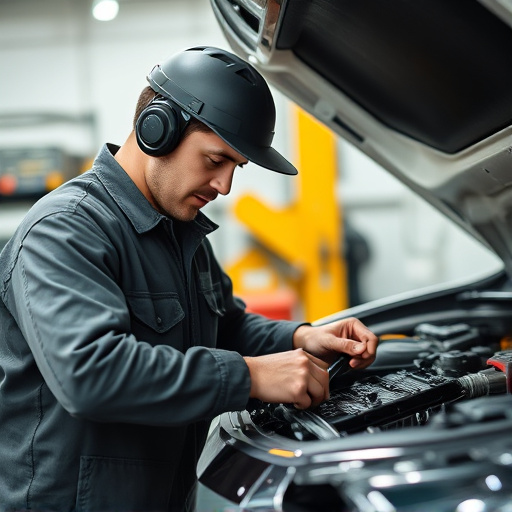
Aluminum body components have gained popularity in the automotive industry due to their lightweight nature and durability. These components offer several advantages, including improved fuel efficiency as lighter vehicles require less energy to operate, reduced emissions, and enhanced structural strength. In terms of repair, aluminum is often more cost-effective for specific parts, such as panels and frames, compared to steel. Its malleability allows for easier replacement and restoration of damaged areas, potentially lowering the overall car dent repair or auto frame repair costs.
However, working with aluminum body components also presents some challenges. Unlike steel, which has excellent weldability, aluminum requires specialized techniques and equipment for effective joining. The material is also prone to corrosion if not properly treated, which can lead to more complex and costly dent removal processes. Additionally, the unique properties of aluminum mean that it may not always be the best choice for every repair scenario, especially in high-impact situations where steel’s strength and rigidity are preferred.
Impact on Insurance Repair Costs: Analysis and Factors to Consider
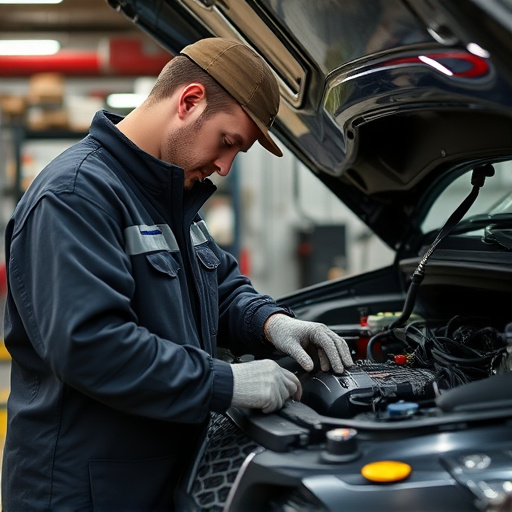
The use of aluminum body components in modern vehicles has a significant impact on insurance repair costs. When comparing traditional steel bodies to aluminum ones, the latter often results in lower repair expenses for several reasons. Aluminum is lighter, making vehicles equipped with it more fuel-efficient and safer, as less energy is required to stop them during an accident. This reduced weight translates to lower overall repair costs since less force is involved in a collision.
Additionally, aluminum body components are more easily manufactured and repaired than steel. They can be bent back into shape without leaving permanent deformities, which reduces the need for expensive replacement parts or extensive bodywork. Techniques like dent removal on aluminum panels are faster and more cost-effective, further lowering repair bills. Insurance companies often account for these factors when assessing claims, leading to more competitive pricing for car collision repair involving aluminum vehicles.
Future Trends: How Technology is Shaping Aluminum Body Repairs and Insurance Coverage
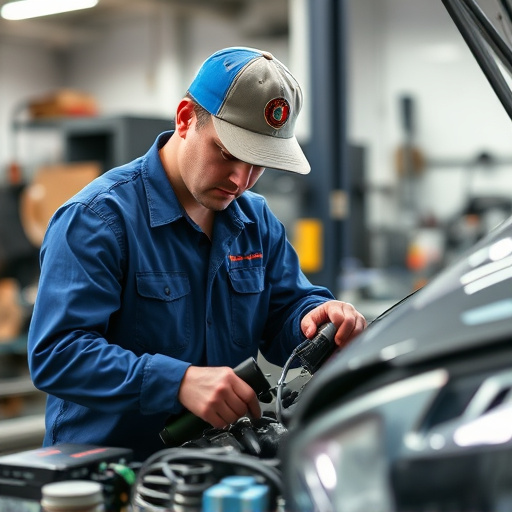
The future of aluminum body repairs is being shaped by rapid technological advancements. Advanced tools and techniques are making car dent repair more precise and efficient, reducing labor costs and improving overall repair quality. Robotic systems and AI-driven diagnostic tools are revolutionizing auto maintenance, enabling faster and more accurate assessments of aluminum body components. These innovations directly impact insurance repair costs, offering both challenges and opportunities for insurers and policyholders alike.
As the automotive industry continues to embrace lightweight materials like aluminum, the demand for specialized car paint repair skills will grow. Insurance companies are responding by investing in training programs that cater to these emerging trends. By staying ahead of technological changes, they aim to streamline claims processing and ensure fair pricing for consumers. This shift towards digital solutions and advanced repairs reflects a broader trend in the industry, where technology is not only enhancing car dent repair but also transforming the entire spectrum of auto maintenance services.
Aluminum body components, with their unique advantages like lightweight construction and durability, have a significant impact on insurance repair costs. As discussed in this article, the increasing adoption of aluminum in automotive manufacturing leads to both cost-effective repairs and specialized challenges. By understanding the factors influencing these costs, insurers and policymakers can adapt coverage strategies for aluminum-based vehicles. Future trends in technology, such as advanced welding techniques and innovative material treatments, promise to revolutionize aluminum body repairs, making them more accessible and affordable. This evolution will be crucial in shaping the automotive industry’s sustainability and safety standards.


